
The next time you glance up at the Moon (if more than just a narrow crescent is visible), take an extended look at what you see. Even with the unaided eye, or better still, with a pair of binoculars, you’ll note that there are two different types of landforms visible on its surface.
One of these is the lighter-colored, more rugged lunar highlands, while the other consists of the darker-colored, relatively smooth lava plains or lunar maria (plural of mare – the Latin word for “sea”). The older (and heavily cratered) highlands resulted from the cooling of a “magma ocean” that once blanketed the Moon’s surface. By contrast, the younger and roughly circular maria are remnants of former giant impact basins that afterward became filled with flood basalts from the Moon’s interior.
Six pairs of Apollo astronauts visited the Moon’s surface from 1969 to 1972 and returned with more than eight hundred pounds of lunar rocks (see Steve Voynick’s article, “Minerals of the Moon,” January 2020 Rock & Gem). Scientific analysis of these samples (which remains an ongoing endeavor) has told us a great deal about the makeup of our nearest neighbor in space. In turn, radioactive dating of these rocks has enabled us to reconstruct an accurate chronology of the Moon’s leading geological events –– a history stretching back roughly 4.5 billion years before the present. At the same time, these lunar rocks provided evidence for a dramatic new theory of the Moon’s origin (see ahead), one that likewise explains the cause of its former magma ocean.
ANORTHOSITE
This story is from the {{IssueName}} edition of {{MagazineName}}.
Start your 7-day Magzter GOLD free trial to access thousands of curated premium stories, and 9,000+ magazines and newspapers.
Already a subscriber ? Sign In
This story is from the {{IssueName}} edition of {{MagazineName}}.
Start your 7-day Magzter GOLD free trial to access thousands of curated premium stories, and 9,000+ magazines and newspapers.
Already a subscriber? Sign In
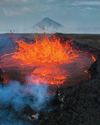
THE BRIGHT SIDE OF VOLCANIC ROCK
As a mineral resource, volcanic rock is decidedly short on glamour.
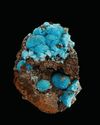
The Other Copper Minerals
12 Lesser-known Collectible Species

MINERAL COLLECTING -AND ROCK & GEM
Evolving Together FOR 54 YEARS
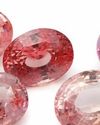
Gemstone Trends
A Look Back at 2024 & What to Expect in 2025
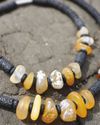
How to Make a GEM BEAD NECKLACE
No Lapidary Experience Needed!
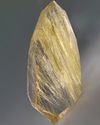
Framing Nature's Art
Faceting Rutilated Quartz for Beginners
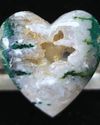
BEDAZZLED BLUE SEAM AGATE
More than several centuries ago, mining was the profession most often seen as befitting of men.
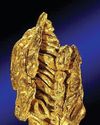
ROCK & GEM FIELD GUIDE:
Spinel is a captivating gemstone with a rich history of being mistaken for gems like ruby and sapphire.
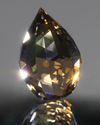
SNAKE SCALE DROP 1.5:1
This Faceting Focus is revisiting the briolette gemstone design because of its popularity with independent and hobby gemstone faceters.
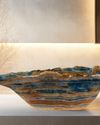
STONE CHIC
How Earth-Inspired Decor Brings Comfort to our Home